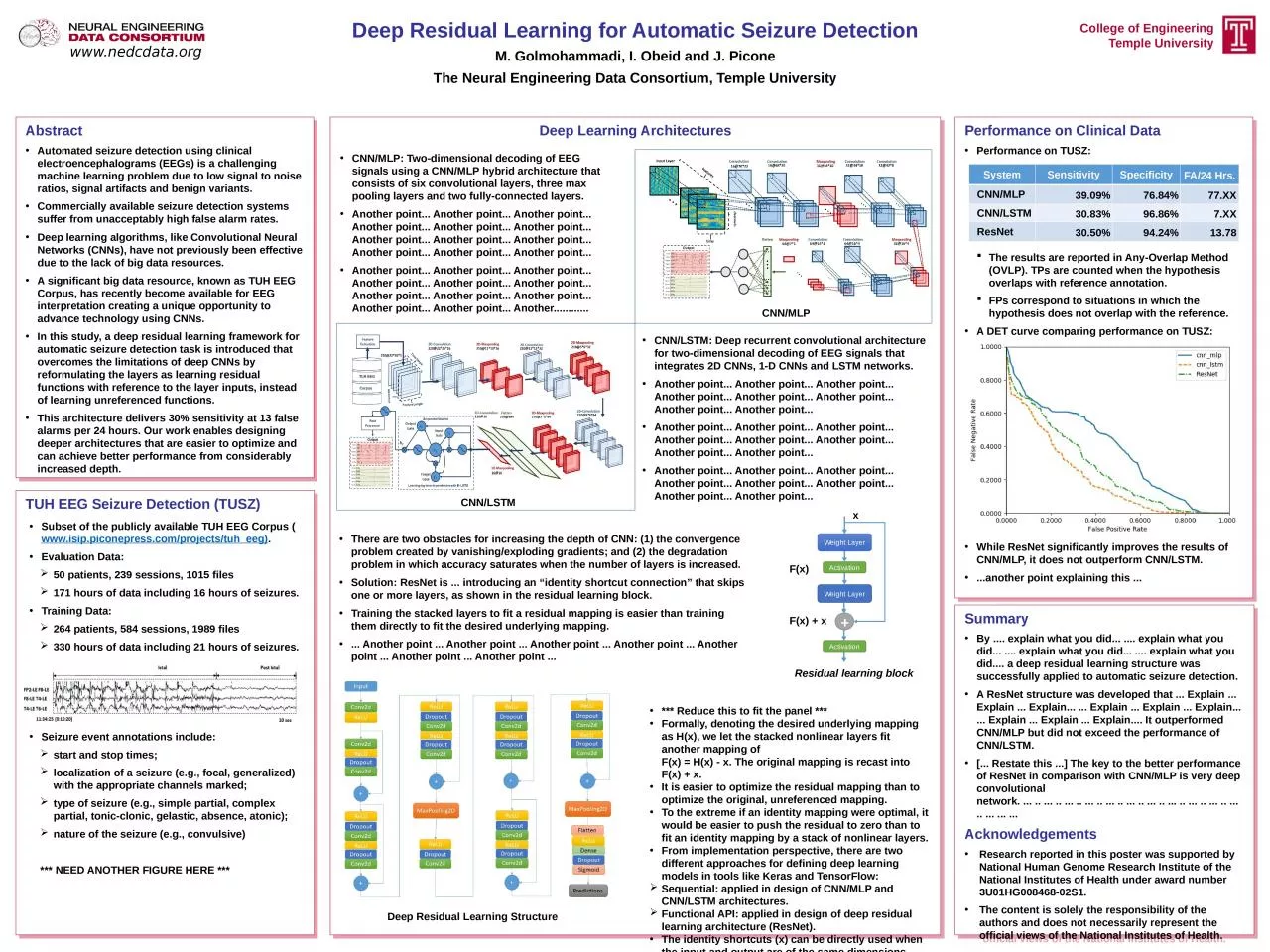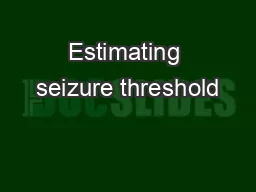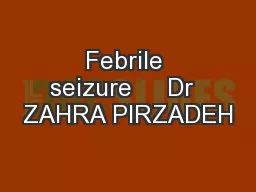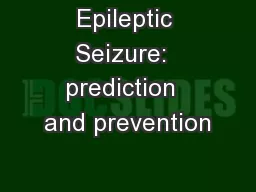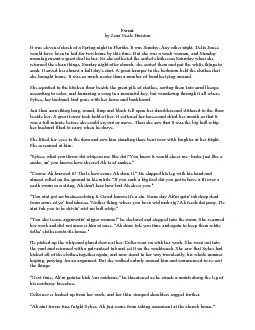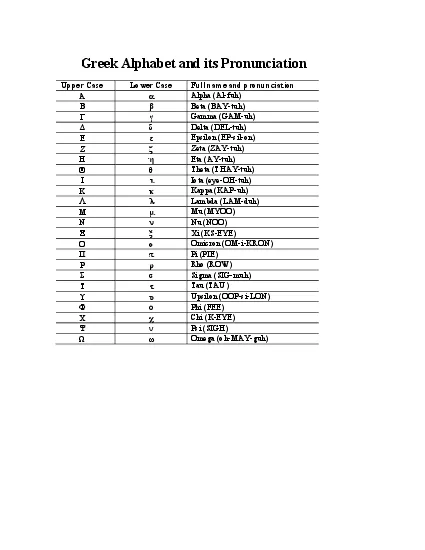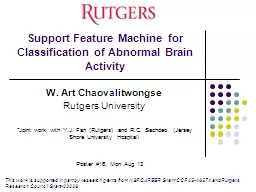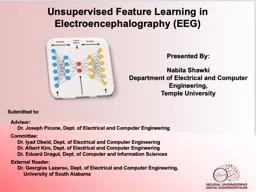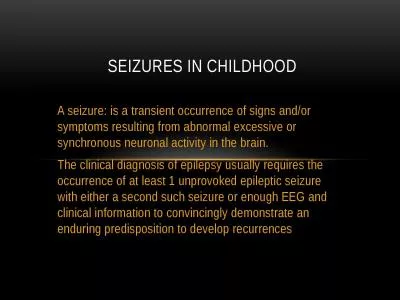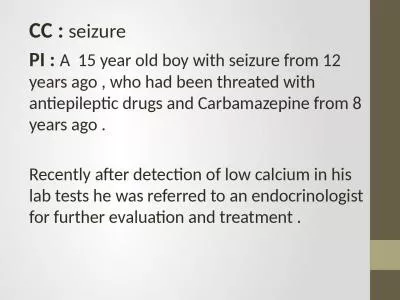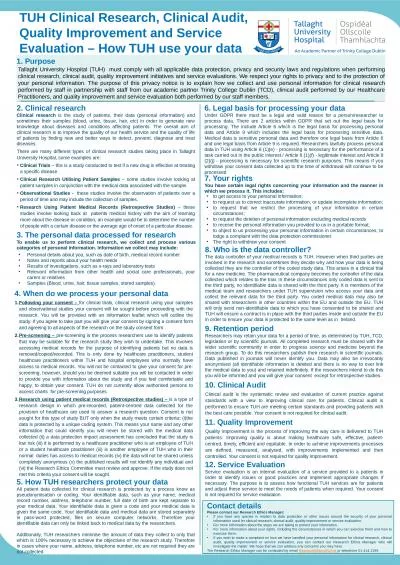PPT-TUH EEG Seizure Detection (TUSZ)
Author : sophia2 | Published Date : 2024-01-03
Subset of the publicly available TUH EEG Corpus wwwisippiconepresscomprojectstuheeg Evaluation Data 50 patients 239 sessions 1015 files 171 hours of data including
Presentation Embed Code
Download Presentation
Download Presentation The PPT/PDF document "TUH EEG Seizure Detection (TUSZ)" is the property of its rightful owner. Permission is granted to download and print the materials on this website for personal, non-commercial use only, and to display it on your personal computer provided you do not modify the materials and that you retain all copyright notices contained in the materials. By downloading content from our website, you accept the terms of this agreement.
TUH EEG Seizure Detection (TUSZ): Transcript
Download Rules Of Document
"TUH EEG Seizure Detection (TUSZ)"The content belongs to its owner. You may download and print it for personal use, without modification, and keep all copyright notices. By downloading, you agree to these terms.
Related Documents

